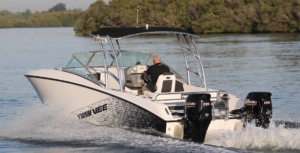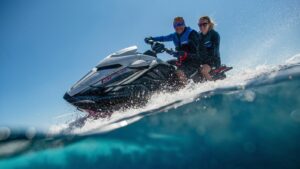Pati Catala de Vela regatta to showcase at America’s Cup
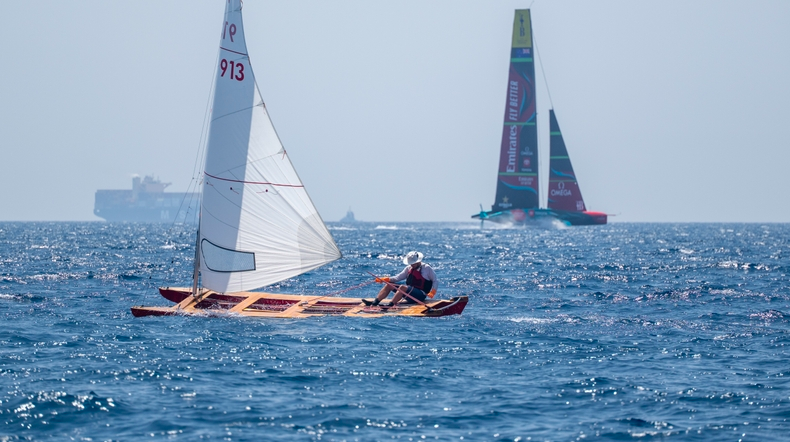
A total of 27 clubs with sailors from Andalucia, Catalonia, Valencia, as well as from Germany, Austria and Belgium have been confirmed for the Pati Catala de Vela regatta in Spain this September.
The event, running from 16-17 September 2023, will see 210 distinctive Patín a Vela dinghies launch from the beach at Vilanova i La Geltrú to compete. The Patín a Vela (commonly known as the Patín catalán or Catalan catamaran) is an 18-foot-long, beach-launched catamaran with a 5.2-foot beam that has no rudder, no centreboard and no boom. The vessel is controlled by minute adjustments on the dovetail mainsail and exquisite use of body weight to steer.
The event will coincide with sailors arriving for the first preliminary regatta of the 37th America’s Cup.
“To be honest, I’m still trying to work out how they sail with no rudder and no centreboard – that’s a unique concept to my mind and I’m very much looking forward to meeting the sailors and watching their technique down in Vilanova i La Geltrú in September,” says Grant Dalton, CEO of America’s Cup Events. “I believe it’s a record fleet at 210, so this is going to be a very special regatta and provide a lot of talking points not just among the fleet and spectators but also within the America’s Cup teams. I’d like to think I could sail one, but I imagine it takes a lot of dedication and practice to get good.”
Gerard Esteva, himself a Patín a Vela sailor, is a former president of the International Association of Sailing Skate Owners (ADIPAV) and president of the Union of Sports Federations of Catalonia (UFEC).
“The opportunity offered by the direction of the 37th America’s Cup will mark a before-and-after in the history of the Patín de Vela with the promotion of the class on a world scale,” says Esteva. “All the sailors are very excited about this exhibition of the Patín de Vela and that is why, I believe, there has been this historic record of registration. We hope to put on a very good show to the world.”
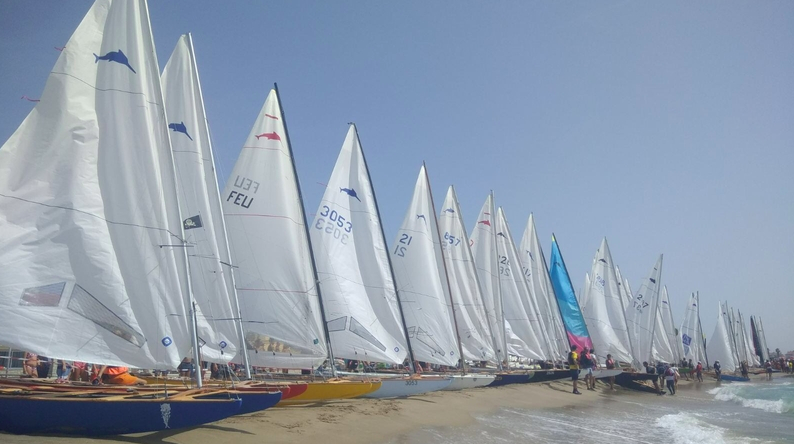
The history of the Pati Catala de Vela
The origins of the Patín a Vela can be traced back to the 1870s and the beach off Badalona where fishermen would stand on two hulls and paddle out to check nets. By the early part of the 20th century, the paddles that were similar to modern day canoeists paddles, were replaced by oars and the craft were adapted for recreation and at times, racing, with the crew sitting down and rowing.
In 1942, the Mongé brothers from Catalonia first started experimenting with wooden masts and sails, placing the foot of the mast far forward and introducing the dovetail mainsail. The addition of a steel rack across the stern, a feature that is still there today, allowed the batten-less mainsail to be sheeted wide but could, crucially, be flattened for upwind work.
As the technique developed so did the control lines and on today’s craft, the Patín a Vela ‘skates’ feature an array of control systems that can alter the forestay tension on each tack (the boats have two forestays, one mounted on each hull) to control the bend of the mast and aid direction.
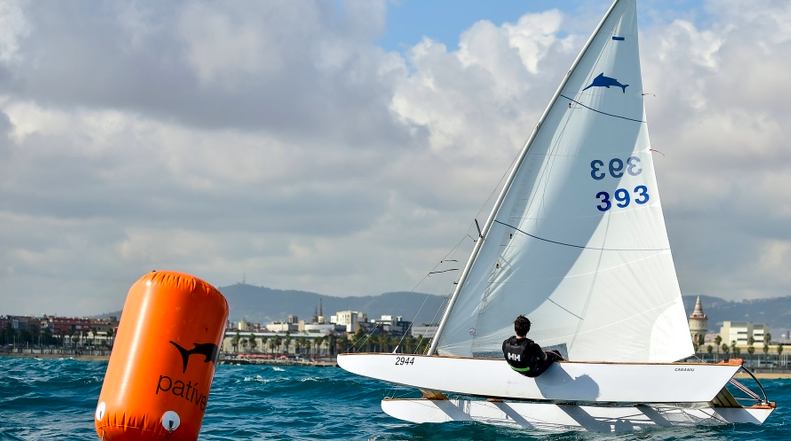
About 40 ‘skates’ are built every year and although the original boats were built entirely of wood (hull and mast), now hybrid skates have gained ground, with fibreglass floats, a wooden deck and an aluminium mast.
The biggest factor for controlling these boats is body weight. Moving forward to luff-up and aft to bear-away with the single sailor moving across the five beams that support the hulls. The sailing style has naturally adapted with the ages as in early videos, sailors can be seen standing upright and precariously stepping forwards and back.
Today, the sailors of these fascinating craft are more often found lying across the five hull planks and making small body movements and ‘crawls’ to shift distribution. In lighter airs, there is still a beautiful balancing technique of standing up while flying the windward hull that proves to be very fast upwind with minute adjustments on the mainsail to keep the boat at optimum pace.
All the control systems lead back to the ‘piano’ an area at the midpoint of the craft between the hulls on the crossbeams that delivers the crucial free-flying cunningham and stay adjustments while the mainsheet feeds forward and is trimmed from just aft of the mast so the helm can keep looking forward. It’s a boat that rewards technique, with many sailors spending a lifetime perfecting their balance and control and the racing is fast and desperately close all the way through the fleet.
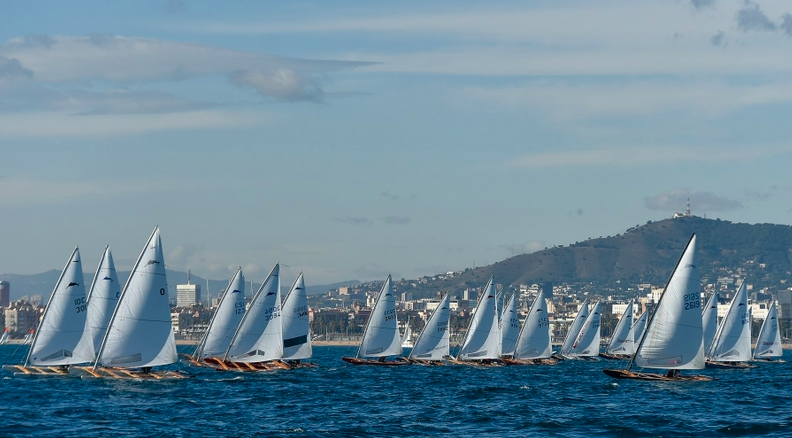
Keep up to date with all the America’s Cup news with Marine Industry News.

